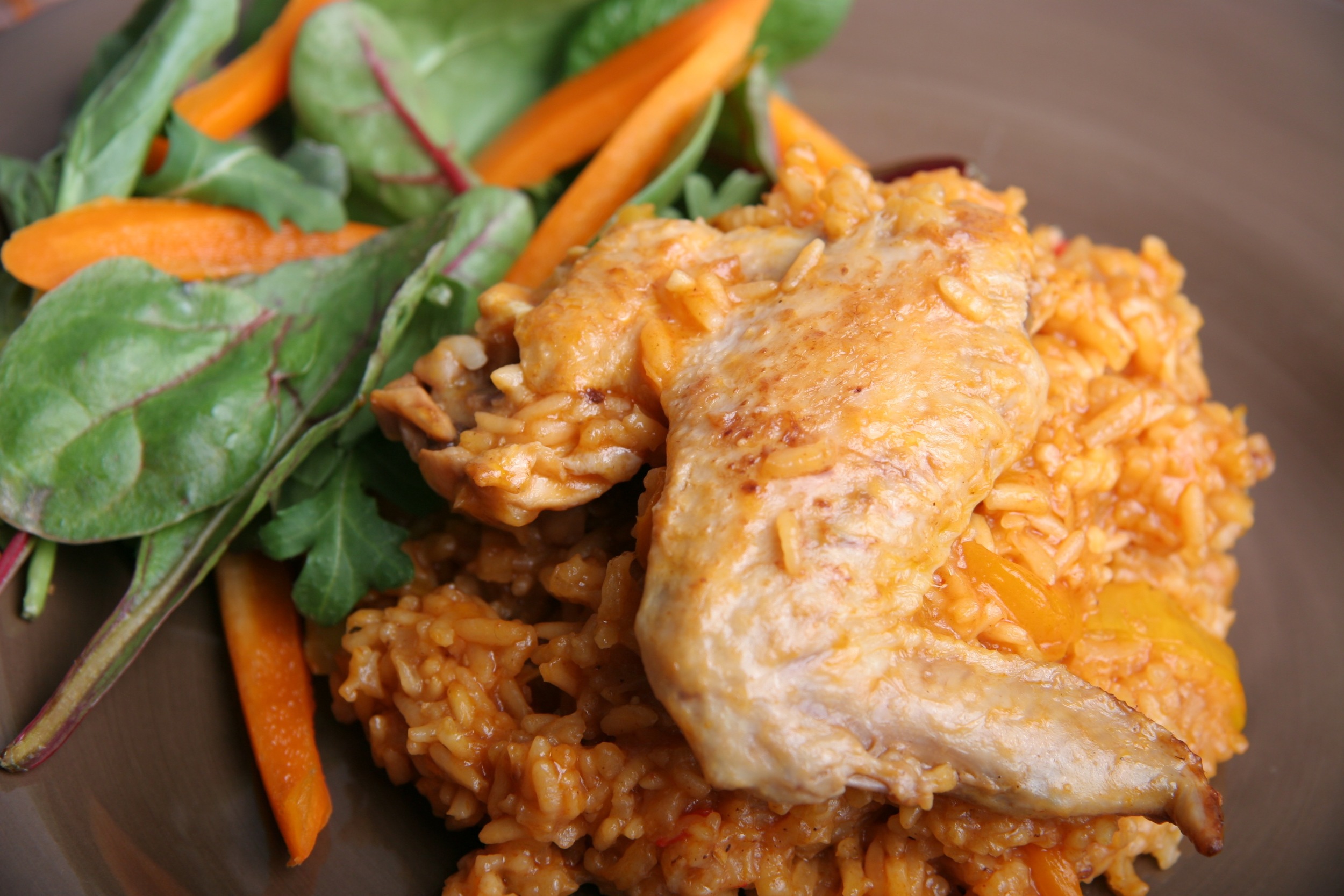
Week 6 - Hello, New World
Letting the Age of Discovery dawn in our own kitchens.
by Lynley Jones
AGE OF DISCOVERY
Beginning in 1492, Europe had its mind blown. Yes you could sail in one direction and end up right back where you started. Yes the world was enormously bigger than nearly anyone could imagine. And wow: there was another whole world in between, filled with new people who had a completely different way of seeing and doing things.
We modern Americans long to tell a peaceful, friendly story, where very different people met and shared and broke bread (or tortillas) for the first time, enjoying the magic of having their minds and hearts blown open to new ways of seeing and being in the world. Heartbreakingly, we know this was usually not the case.
Crossing Oceans
If you've read this far (after all, you've made your way to a website called Adventure Kitchen), you have probably at some point in your life felt the magic of having your heart opened up by something new. Tasting a new dish, meeting a new person, traveling to a new place; these experiences give us the precious gift of opening us up to new possibilities. New ways of seeing the world. They may sometimes be a bit scary or uncomfortable, but if we let them, they can forever change us.
This recipe series is like our own little Age of Discovery. With the lowly chicken, we have traveled from Asia, through Persia to Africa and Europe, all from our own kitchen tables. And now, as the Age of Discovery dawns in our story, we accompany chickens with tenacious explorers, ruthless conquistadors, frightened slaves and zealous pilgrims as they make their way on ships bound for the New World.
Chickens In America
On his second voyage in 1493, Columbus brought chickens from Europe to the island of Hispaniola, where the Dominican Republic is today.
It is unclear whether these were the first chickens in the New World, but they were definitely the first chickens we can know about for sure. Recent genetic discoveries have suggested the possibility that chickens may have accompanied ambitious Polynesians, who would have used the sun, stars, currents, and trade winds to beat Christopher Columbus to the New World by roughly 150 years. But to date, the evidence is unclear.
Hernan Cortez meeting Aztec Emperor Montezuma in the capital city of Tenochtitlan.
When Hernan Cortez and his fellow conquistadors arrived in 1519 from Spain in the Aztec capital of Tenochtitlan (modern-day Mexico City), they were amazed at this glittering city, which was larger than anything they had ever seen. In the main marketplace they found "every sort of bird, such as chickens, partridges, quails, wild ducks...." The enormous "chickens" Cortez and others wrote about at that time were probably turkeys. But within a generation, chickens would be so widespread throughout Latin America that their eggs would be used as currency.
Arroz con Pollo
Our recipe for Arroz Con Pollo this week comes from my friend Rosanna, who is from the Dominican Republic. Infused with garlic, tomatoes, onions, peppers and spices, the chicken and rice are filled with the succulent flavors of Latin America. This classic Dominican dish brings European chickens and Asian rice together with New World seasonings for an Age of Discovery on every plate.
Historical and archeological information in this post is based on Why Did the Chicken Cross the World? The Epic Saga of the Bird That Powers Civilization, by Andrew Lawler; and A Brief History of Mexico, by Lynn V. Foster.
Recipe
Chicken and rice, infused with the succulent flavors of Latin America in a classic Dominican dish.

